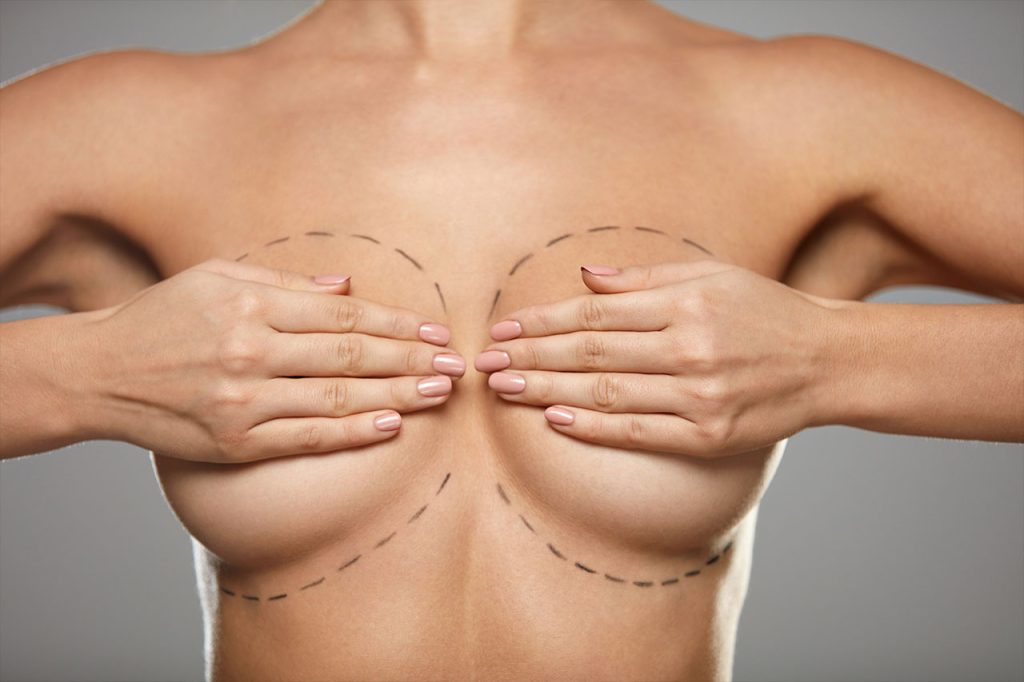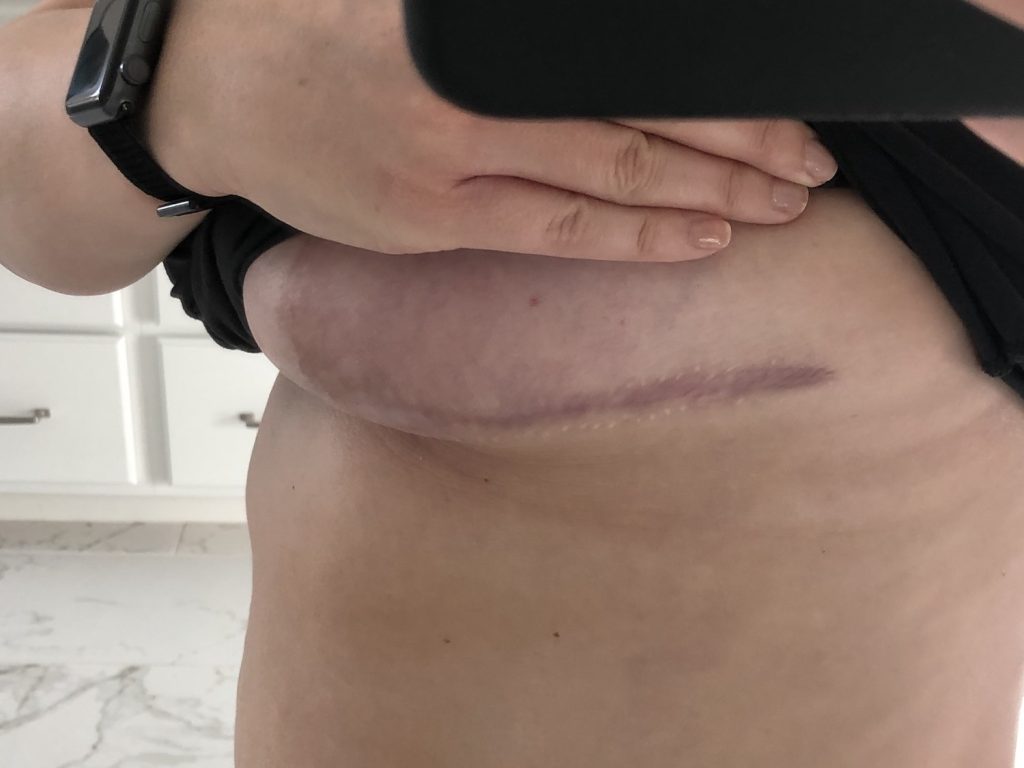Large and varied in form, breasts are a powerful emblem of femininity. Certain women enjoy being full and credit this to their sexual attraction, but other women experience discomfort, shame, and health issues. It is critical to talk about when to contemplate breast size reduction for augmentation, especially as women embrace bodily autonomy more and more.
By removing extra breast fat, glandular tissue, and skin, breast reduction surgery—also referred to as reduction mammoplasty—achieves a breast size that is proportionate to your physique. If you’re thinking about doing this, you should weigh a lot of aspects, including your lifestyle, finances, emotional and physical health, and the expense of the breast reduction surgery.
Understanding Breast Size
Contents
Gauging breast size is typically done via the cup size of the bra. The cup size is measured by taking the difference between the bust size (circumference around the chest and over the nipples) and the band size (circumference under the breasts). It is not a one-size-fits-all determinant as breast size can vary greatly among women due to hereditary factors, hormones, body weight, and age.

Understanding the several elements that affect breast size is crucial. Genetics is a major factor. For example, you’re probably going to have big breasts too if the ladies in your family do. Breast size throughout puberty is mostly determined by hormonal changes.

Similarly, brief breast augmentation brought on by changes in oestrogen levels during the menstrual cycle usually subsides following periods. The extreme hormonal fluctuations that occur during pregnancy and lactation might cause long-term alterations in breast size.
Knowing when to Consider a Breast Reduction
Overly big breasts can have a number of negative health effects. One major problem is the physical discomfort brought on by the weight of the breasts, which includes shoulder, back, and neck pain. Moreover, some ladies experience excruciating bra strap indentations.
Sometimes, having large breasts can cause skin irritations beneath the breasts, which can result in rashes or infections. Finally, certain women with huge, pendulous breasts may find it difficult to breathe in specific situations, according to research.

Large breasts can present significant problems to day-to-day functioning, including physical activity and lifestyle decisions. Fashionable clothing may not fit well, which can be upsetting when shopping. Running, dancing, and jumping are examples of high-intensity exercises that may cause pain and discomfort because of excessive breast movement. Sometimes women also lament about difficulties with basic duties, including sleeping on their stomachs.
Large breasts have a major emotional and psychological impact on women. Persistent comments, unwelcome attention, and body shaming can cause problems with self-worth. According to research by plastic surgeons, 95% of the 179 women who had breast reduction surgery expressed extreme unhappiness and psychological discomfort because of the size of their breasts.
The Procedure of Breast Reduction Surgery
The physician makes an incision downward on the breast and around the areola, the dark area surrounding the nipple, to start the breast reduction process. This creates a design resembling a keyhole or anchor. The surgeon then excises extra skin, fat, and glandular tissue. Then, the areola and nipple are elevated while maintaining their natural blood and nerve supply.

If living an active, healthy lifestyle is made more difficult by your enormous breasts, you should think about having a breast reduction. It is important to exercise caution while deciding whether to have this surgery. Making the ultimate decision requires careful consideration, a visit with your physician, and a great deal of study.
Financial Considerations for Breast Reduction
Based on the American Society of Plastic Surgeons, the typical cost of breast reduction surgery falls between $5,000 and $7,000. Based on the surgeon’s experience and geographic area, this amount may differ and only covers the surgeon’s cost.
It excludes the cost of anaesthesia, operating room supplies, and other associated costs. It is important to keep in mind that the experience of the plastic surgeon and your comfort level with them matter just as much when selecting a surgeon for breast reduction as the operating room’s final cost.

The price of your procedure may vary depending on a number of factors. The cost can be affected by the intricacy of the procedure, how long it takes, and the methods employed. It is crucial to keep in mind, nevertheless, that cost should never come before quality. Investing in a high-quality, successful procedure is a far better financial decision than choosing a less expensive one that could cause problems or yield subpar outcomes.
Surgical Risks and Potential Complications
Breast reduction surgery has risks and potential complications, just like any other major operation. These could include anaesthesia-related reactions, blood clots, infections, or inadequate wound healing. Changes in breast or nipple sensation are possible, albeit they are frequently transient. In rare cases, nursing difficulties or the inability to breastfeed in the future could result from the procedure.

Due to the possibility of scarring, scarring is still another crucial factor to take into account. These scars will probably always be noticeable, even if they will eventually diminish. For some women, this could be a major concern. If you want to reduce the dangers and problems, you must talk about your concerns with your surgeon.
Scarring is another consideration to take into account as the incisions made can leave scars. The scars will fade over time but they will be visible for a while and that may be an issue for certain women. With that, it will be important to discuss your concerns with your surgeon to mitigate potential risks and complications.


